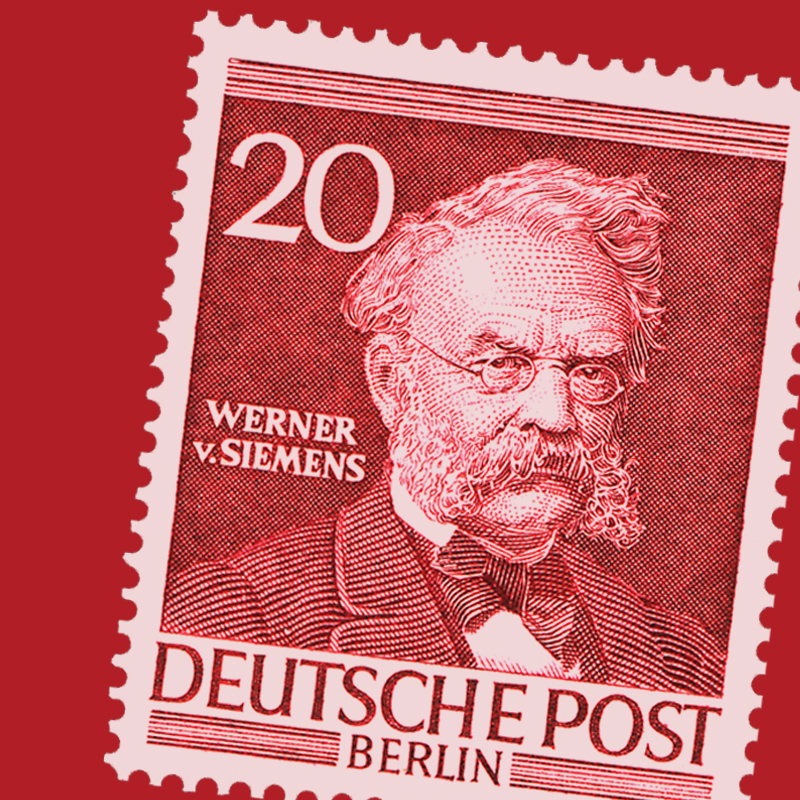In 2007, Peter Grünberg received the Nobel Prize in Physics together with Frenchman Albert Fert for their discovery of giant magnetoresistance (GMR). With the help of GMR, the capacity of hard drives can be substantially increased.
GMR was discovered by the two researchers independently in 1988. The effect sets in when two layers of iron are separated by a thin, non-magnetic layer that is subsequently magnetized. Thanks to this, it was possible to develop read heads for computer hard drives and increase the drives’ storage capacity to gigabytes. The discovery led to a breakthrough in modern information technology. The Jülich Research Center, where Peter Grünberg worked for more than 45 years, paid tribute to him as an “outstanding scientist who raised the bar worldwide in the field of solid-state research.” Without him and his discovery of giant magnetoresistance, modern computers and smartphones would not be conceivable.
Back in 1989 Peter Grünberg was awarded the Federal President’s Future Prize and in 2006 the European Inventor Award. In 2008, the town of Jülich made him an honorary citizen.
Peter Grünberg died on April 9, 2018, at the age of 78.
(Header: MAK - AdobeStock, portrait: Armin Kübelbeck)






